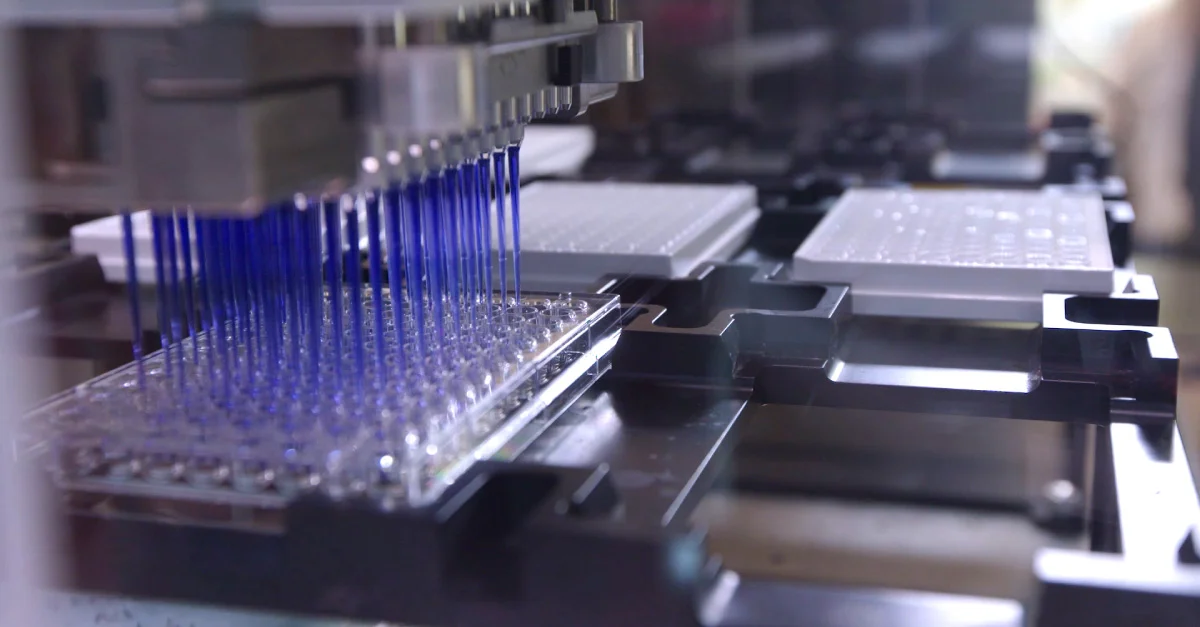Stories
What sets KRAS biomarkers apart from other more common biomarkers?
A Q&A with medical oncologist Dr. John Heymach
biomarker is a biological molecule found in blood, other bodily fluids, or tissues that is a sign of a normal or abnormal process, or of a condition or disease. Biomarkers can be used to see how well the body responds to a treatment for a disease or condition.1 Every person’s cancer, for example, has a unique pattern of biomarkers, and can affect how certain cancer treatments work. Biomarker testing, therefore, can help doctors identify the best form of cancer treatment for their patients.2 However, not all biomarkers are the same. They are differentiated by a multitude of factors, including how common they are and notably how much they can affect an patients’ cancer diagnosis and treatment plan.
We sat down with medical oncologist John Heymach, MD, to discuss his perspective on several ways KRAS biomarkers are unique.
Q. How does the composition of KRAS biomarkers differ from other driver oncogenes such as EGFR?
A. EGFR-mutant tumors tend to behave and present in a similar way when you look at them on an X-ray, whereas KRAS-mutant tumors have a lot more variability, or heterogeneity among them. This causes KRAS-mutant tumors to present a different appearance under the microscope. It has never been clear why the KRAS mutation has so much variability while other oncogene driver subgroups like EGFR seem to be more homogeneous.
Q. Do all mutations like KRAS or EGFR mutations respond similarly to targeted therapies and present similar response rates?
A. No, the majority of EGFR-mutant tumors have a great response to effective EGFR inhibitors. In fact, the newest drugs targeting the standard EGFR mutation average a 70% – 80% response rate. Alternatively, KRAS inhibitors have not seen response rates close to that and KRAS-mutant tumors respond differently to immunotherapies and combination therapeutic approaches.
Q. Most people are familiar with the phrase “biomarker,” but can you explain the term “co-mutation”?
A. In recent years, we’ve learned that one of the key differences between KRAS and other biomarkers are the presence and impact of co-mutations that present alongside the KRAS mutation. A co-mutation is another mutation in a separate gene that presents in addition to the original biomarker. Research into the KRAS mutation has uncovered a few frequent co-mutations, such as STK11 and P53.
Q. Do the presence of co-mutations alongside the KRAS mutation affect disease prognosis?
A. Recent research has shown that the presence of co-mutation is also a predictor of the response rate to targeted therapies. KRAS-mutant tumors that have STK11 mutations behave very differently than those that have P53 mutations. We see that those with P53 mutations appear to respond much better to immunotherapy than those with STK11 mutations.
Therefore, treating KRAS-mutant cancers is more complicated than treating other biomarkers with fewer co-mutations because it seems like we have to take into account not only the mutation but also the co-mutation and its value in predicting a patient’s response to various therapies. There is still much to learn about treating KRAS-mutant cancers, but recent research point to a future where treatment approaches will require drugs to address not only to the KRAS allele but the presence of other co-mutations as well.
